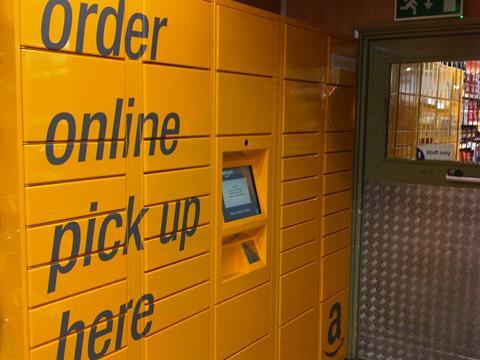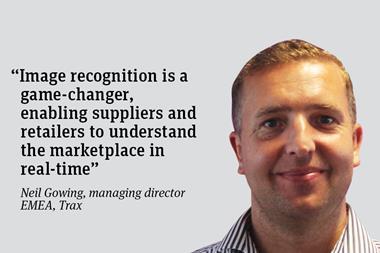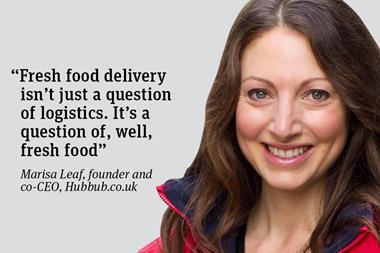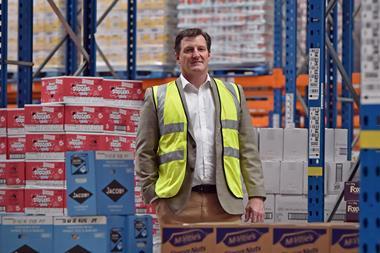
Connecting everyday items with the internet to make purchasing quicker and easier is no longer in the distant horizon. The internet of things is here, now, and Amazon is leading the way.
On 1 April, it announced the launch of its latest product, Dash, a push-button purchasing scheme to place orders for common household goods.
The ultimate antidote to mundane errands, Amazon Dash makes the panic run to the corner shop to pick up washing powder potentially a thing of the past.
The scheme is currently only available on an invite-only basis in San Diego, but it has been well-received - leaving one to wonder how long it will be before it reaches this side of the pond and other companies follow suit.
Amazon has demonstrated that the public is very much open to innovations that make shopping for everyday necessities - to use an Americanism in the retailer’s honour - as easy as pie.
The next step of using sensors to monitor when your washing powder is getting low and automatically ordering more is well within reach. A world where every device in your home is connected, understands your behaviour patterns, and acts on your behalf, is also a possibility.
So how will this affect retailers and their supply chains? While consumers are yet to buy into the internet of things, its focus on ease of use is likely to capture the hearts of many. This means that, like the smartphone revolution, when the internet of things takes off, it will fly high, and quickly.Retailers must ensure their supply chains are ready.
One of the major shifts will be an increase in consumers making more frequent, small orders. And they won’t need to wait to do a big shop to stock up. This will mean a huge increase in deliveries, which will require an even more agile and flexible network.
This could mean retailers benefit from reviewing their distribution networks, and one option might be looking to the convenience model for ideas.
C-stores traditionally have little space to store goods before they are placed on the shop floor. So, rather than large weekly or bi-weekly deliveries, they take small daily loads. This model also means the quantities of goods delivered can be closely monitored, and potentially better adapted to match demand.
To make this run smoothly, Wincanton has found regional consolidation centres have an important part to play. These distribution hubs allow grocery retailers to set up a highly precise logistics operation, responding on a daily basis to stock levels and customer demand, which can in turn contribute to reduced waste and fewer food miles.
To achieve a smooth operation in this digital world will require retailers to work closely with their supply chain partners. Fully integrated systems, which allow everyone in the supply chain to view exactly where an item is, will create an on-demand way to meet tomorrow’s consumer standards of faster delivery within shorter order windows.
Now is the time for retailers to put scepticism aside and start building towards making the internet of things part of everyday working life.
Liam McElroy is MD of retail at Wincanton



















No comments yet